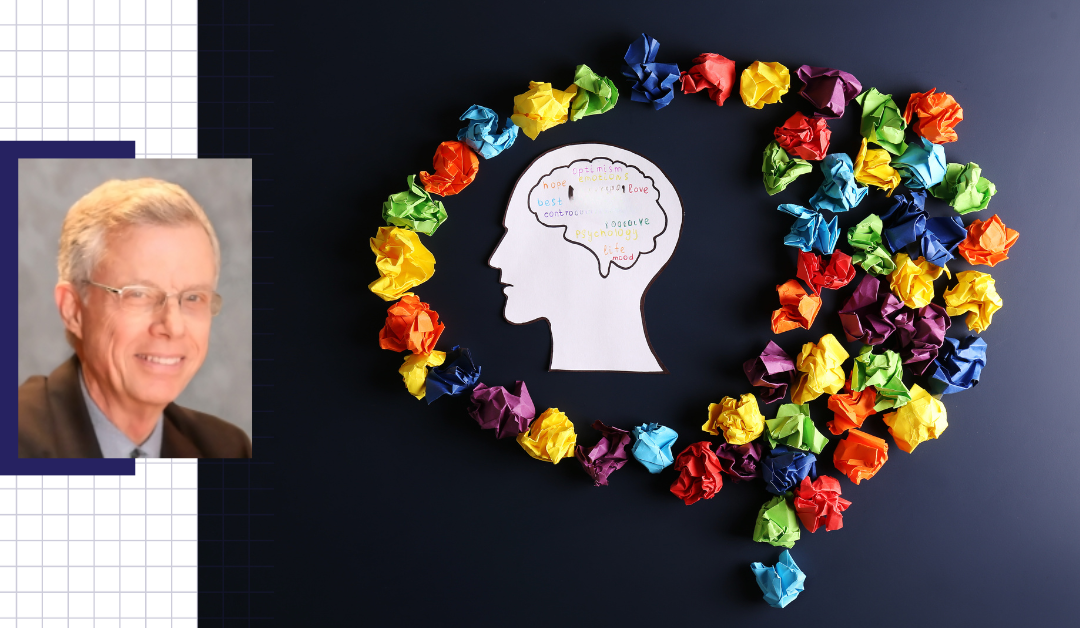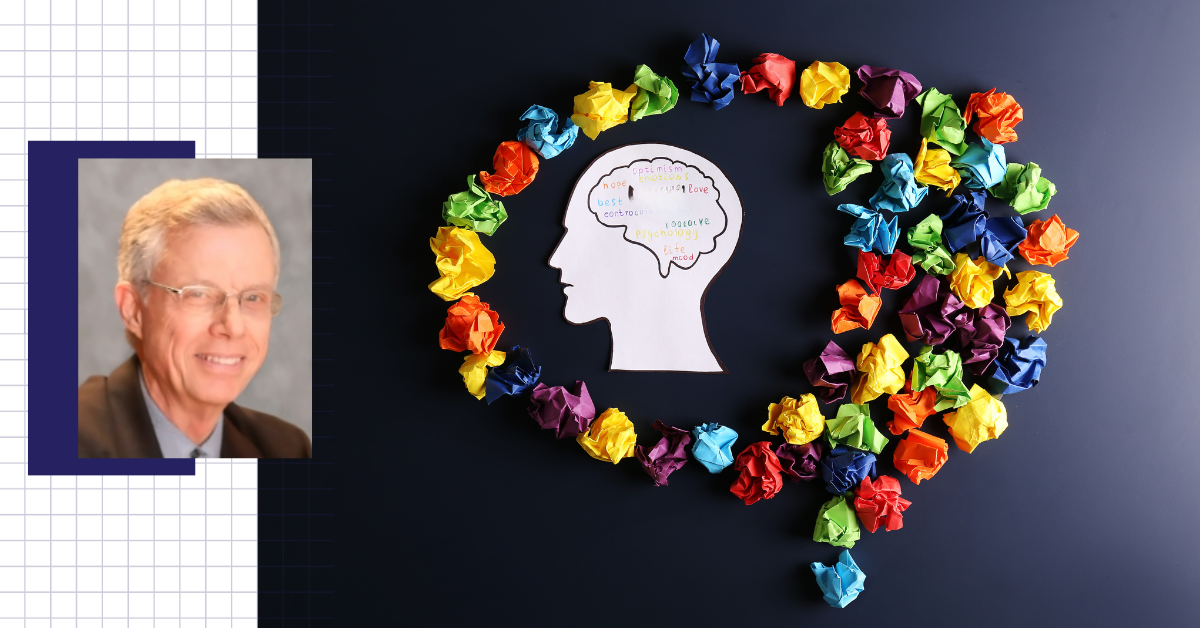
Other Myths about ADHD

Author: Stephen Faraone, Ph.D.
Myth: ADHD is an American disorder.
Those who claim ADHD is an American disorder believe that ADHD is due to the pressures of living in a fast paced, competitive American society. Some argue that if we lived in a simpler world, ADHD would not exist.
Fact: ADHD occurs throughout the world.
Wherever scientists have searched for ADHD, they have found it. They have done this by going to different countries, speaking to people in the community to diagnose them with or without ADHD. These studies show that ADHD occurs throughout the world and that the percent of people having ADHD does not differ between the United States and the rest of the world. Examples of where ADHD has been found include: Australia, Brazil, Canada, China, Colombia, Finland, Germany, Iceland, Israel, Italy, Japan, New Zealand, Spain, Sweden, Taiwan, The Netherlands, and Ukraine. ADHD is not an American disorder.
Myth: A child who sits still to watch TV or play video games cannot have ADHD.
Many parents are puzzled that their child can sit still to watch TV or to play video games for hours but that same child cannot sit still for dinner or stay at their desk for long to do homework. Are these children faking ADHD symptoms to get out of homework?
Fact: ADHD does not necessarily interfere with playing video games or watching TV.
Because children cannot turn their ADHD on and off to suit their needs, it does seem odd that a child who is typically hyperactive and inattentive can sit for hours playing a video game. But this ability of ADHD children fits in very well with scientific facts about ADHD. First, you probably understand the effects of rewards and punishment on behavior. If your behavior is rewarded, you are likely to do it again. If it is punished, you will avoid that behavior in the future. Rewards that have the strongest effect on our behavior are large and will occur soon. For example, consider these two choices:
- if you listen to a boring one hour lecture, I will pay you $100 immediately after the lecture
- if you listen to a boring one hour lecture, I will pay you $110 one year after the lecture
Choice (a) is more appealing that choice (b). Most people will not think it is worthwhile to wait one year for $10. We say they have ‘discounted’ the $10 to 0$.
Now consider the choices:
- if you listen to a boring one hour lecture, I will pay you $100 immediately after the lecture
- if you listen to a boring one hour lecture, I will pay you $2,000 one year after the lecture
Choice (d) is more appealing that choice (c). Most people will wait one year for $2,000. It is obvious here is that if I want the best chance of having you watch a lecture, I should offer you a large sum of money immediately after the lecture. What is not so obvious is that people vary a great deal in the degree to which they are affected by rewards that are either small or distant in the future. For some people, getting $2,000 in one year is almost like getting nothing at all. We say that such people are not sensitive to distant rewards.
What does this have to do with ADHD and video games? Well people with ADHD are usually not very sensitive to weak or distant rewards. To affect the behavior on a person with ADHD, the reward needs to be immediate and fairly large. When a child with ADHD sits down to do homework, the potential reward is getting a good grade on their report card, but they won’t receive that grade for weeks or months, so it is very distant. Thus, it is not surprising that the possibility of that reward cannot control the child’s behavior. In contrast, video games are created so that players are rewarded very frequently by winning points or completing one of the many levels one must pass to finally complete the game. Because playing well is also rewarded by friends, the video game rewards are strong and immediate, which makes it easy for people with ADHD to sit still and play for long periods of time.
Myth: ADHD disappears in adulthood.
Until the 1990s, it was commonly believed that children grew out of ADHD. The reason for this is not clear. Some theories about ADHD suggested that ADHD children had a lag in brain development and that they would make up that lag during adolescence. So ADHD was seen as a delay in brain development that could be overcome. In fact, the idea that children routinely recovered from ADHD was so strong that many insurance companies would not pay for the ADHD treatment of adults.
Fact: In the majority of cases, ADHD persists into adulthood.
This myth about ADHD has been proven wrong by studies that diagnosed ADHD in children and then examined them many years later as adults. These studies showed that, although there was some recovery from ADHD, about two-thirds of cases persisted into adulthood. The studies also taught us that ADHD symptoms tend to change with age. The extreme and disruptive hyperactivity of many ADHD children gets somewhat better by adulthood as do some symptoms of impulsivity. In contrast, inattentive symptoms do not decrease much with age.
Myth: People with ADHD cannot do well in school or succeed in life.
This myth is based on several facts: 1) ADHD affects many aspects of life; 2) ADHD impairs thinking and behavior and 3) for most people, ADHD is a lifelong disorder. Altogether, doesn’t this mean that people with ADHD won’t succeed in life?
Fact: People with ADHD can succeed and live productive lives.
There are two reasons why people with ADHD can succeed in life. The first is obvious. Although treatments for ADHD are not perfect, they can eliminate many of the obstacles that would otherwise make it difficult for ADHD patients to do well in school or on the job. But, more importantly, having ADHD is only one of many facts about a person’s life. Some ADHD people have other skills or traits that help them compensate for their ADHD. For example, if you have a high level of intelligence, an engaging personality or excellent athletic skills, you can do well despite having ADHD. Consider Michael Phelps, who broke so many Olympic swimming records. He was diagnosed with ADHD at age 9 and took Ritalin to help his hyperactivity. James Carville has ADHD, but he completed law school and helped Bill Clinton become president of the United States. Cammi Granato’s ADHD did not stop her from becoming captain of the United States Olympic ice hockey team and Ty Pennington’s ADHD did not stop him from becoming a star on TV.
Myth: ADHD does not affect highly intelligent people
The mistake behind this myth is that it assumes that being very intelligent protects people from having ADHD. It’s true that if you are highly intelligent, you can use that intelligence to compensate for some of ADHD’s effects, but does high intelligence completely protect a person from ADHD?
Fact: People with ADHD can succeed and live productive lives.
When my colleagues and I studied this question, we found clear evidence that high intelligence does not completely protect people from ADHD. Like people who don’t have ADHD, having high intelligence will help ADHD people do better than ADHD people who are not a smart. But when we compared highly intelligent ADHD people with highly intelligent non-ADHD people we found that the highly intelligent ADHD people had many of the impairing problems that are know to be associate with ADHD. For details about these problems, see Complications of ADHD. In another study, we compared ADHD adults who had received straight A grades in high school, with non-ADHD people who had achieved the same grades. Despite their good grades, these ADHD adults were not doing as well in their jobs and not earning as much income as the non-ADHD adults. And ADHD also has an impact at every level of education. As you can see from the figure, even for people with college degrees, having ADHD lowers your chances for being employed.
REFERENCES
Faraone, S. V., Sergeant, J., Gillberg, C. & Biederman, J. (2003). The Worldwide Prevalence of ADHD: Is it an American Condition? World Psychiatry 2, 104-113.
Polanczyk, G., de Lima, M. S., Horta, B. L., Biederman, J. & Rohde, L. A. (2007). The Worldwide Prevalence of ADHD: A Systematic Review and Metaregression Analysis. Am J Psychiatry 164, 942-8.
Scheres, A., Lee, A. & Sumiya, M. (2008). Temporal reward discounting and ADHD: task and symptom specific effects. J Neural Transm 115, 221-6.
Faraone, S., Biederman, J. & Mick, E. (2006). The Age Dependent Decline Of Attention-Deficit/Hyperactivity Disorder: A Meta-Analysis Of Follow-Up Studies. Psychological Medicine 36, 159-165.









